|
A friend challenged me (on Facebook, no less!) to hook a topic to history. In the previous post, we began to Choose and Connect as we studied using History as the Hook. This post will focus on how to Cultivate Refinement and Excellence, Consider Patterns and Worldviews, and Consecrate Your Personal Purpose Path using History as the Hook. Cultivate Choice and Connection First, let’s review: I’ve chosen to study the Easter Island Moai. I’m going to connect it to everything through history. How can I further cultivate agency and responsibility through this study? Always ask this question first, as Choice is the key to each subsequent step. How will I choose to hold myself accountable to this course of study? Will I make myself a schedule? Will I teach it to others, write an article, or create a project to share? Will I choose a specific focus? Or study broadly? Or both? If I am a mentor, how will I help my student(s) Cultivate Agency and Responsibility? Will they share in the research of the topics, in the gathering of resources? Will I encourage them to choose resources or topics within the study to focus on? Will I ask them to specifically focus on character, agency, and responsibility or another general point? How will they share their findings? In a project, presentation, or paper? Through service or some other application of principles learned? Our preliminary Subject Outline is key as we begin to Cultivate Connections. We’ve separated our topics into subjects, but observe that they don’t really want to remain separated. Topics cross lines and belong in multiple subjects. For instance, Moai appear in Art, Math, Philosophy, and Science. Birdman cult and competition appear in Government and Philosophy. Volcanoes appear in both Geography and Science. We’ve skimmed some resources found at the library, watched a few videos, read a bit online. We’ve updated our Resources list with the sources already in our hands. We now have a very full outline--nine subjects, with specific information about many of the topics in each subject. Using history as the hook, we study holistically, integrating topics and subjects. Here is the more complete, revised outline:
Now it’s time to delve more deeply. Notice that we are still in the investigation phase of our learning. We have created a rich foundation of Choice and Connection. We turn next to the Cultivation of Refinement and Excellence: The Education of the Soul. Cultivate Refinement and Excellence For Cultivating Refinement and Excellence, we need Original Sources: art, music, nature, biography, literature, even math and science. These creative works have power to cultivate our character and refine our soul. Studying a great person or great work of art or nature fills us with wonder, gratitude, and hope. What are some topics and resources in our Subject Outline that lend themselves to cultivating refinement and excellence? Whom can we study in these topics to learn more about and practice these traits? What original works in the culture will help us refine our souls and motivate us to excellence? Let’s choose the MOAI, since they were the original inspiration for this topical study. What can we learn from them? The creation of the moai, the sculpting and transportation methods involved in moving them from the quarry to the coast, the reason behind their creation, and their importance in the Rapa Nui culture gives us insight into the development of refinement and excellence. When we study the moai with Synthesis and Analysis, looking at the whole and looking at the parts, we are inspired. In analysis, we carefully study the particulars—how, what, why, where, when, why. In synthesis, we gather together what we’ve learned to create an overall theme or principle. The entire community took part in the creation of the moai. Many talented artists were needed to sculpt from every side of each statue at the quarry. Each moai was carefully carved with individual features, representing ancestors. The rest of the community supported the honored craftsmen by doing the everyday work and providing them with food, shelter, and clothing. Others were involved in moving the huge moai many miles from the inland quarry to the coastal ahu altars, the foundations on which they were placed. How did they move these giant statues all that way? Even today, we don’t know for sure. We also don’t know why, after over 500 years of creation and construction, within a span of approximately 150 years, the statues went from being venerated to being abandoned--even destroyed. What causes societal change? Why are the moai so important to the Rapa Nui? The communities came to the ahu to assemble, worship, and remember their past. They valued the excellence in their ancestors and used refinement and excellence to honor them. Other possible topics to inculcate refinement and excellence could be: 1) studying Heyerdahl or Routledge and the methods they used to discover more about this mysterious culture, 2) learning about tribal government or the climate and natural resources of the island, 3) studying other works of art and music created on Easter Island, or 4) learning ocean navigation or farming. We will discuss personal application in the last post of this series, but application in any of these topics, practical hands-on experience, provides us a huge learning curve for refinement and excellence. Next comes the actual “sit-the-behind-in-the-chair” study. But reflect on how much we have already learned from implementing Choice, Connection, and Cultivation. Consider Patterns and Worldviews Choose the topics and resources, connect them to history and to each other, and choose topics and activities that cultivate refinement and excellence. Now we will Consider Patterns and Worldviews by studying, discussing, and exploring our topics. What Patterns and Worldviews do we see as we study, discuss and explore? Can we see the Tytler Cycle, the Hero Cycle, the rise-and-fall cycle? Symbols, themes, other patterns? Polynesian, European, ancient, modern worldviews? Be sure to study a wide variety of sources and works. Discuss what is learned with peers and mentors. And explore all the interesting side trails. Use synthesis and analysis to consider patterns and worldviews. Look at the parts to understand the whole, and vice versa. As we study the MOAI, we definitely see examples of cycles and patterns. Let’s explore as we learn. There were times of veneration for the moai and times of rejection. The moai became larger and larger the longer they were created. However, the only moai which has legs is probably one of the last to be carved and is kneeling. What might this indicate about the culture? What are the patterns and themes that emerge from our study? The moai are symbols of a culture we don’t know much about. We believe they symbolize family, community, leadership, and excellence. They face inward to the community, standing on the ahu, instead of outward to the sea. They are the symbol of an ancient Polynesian society’s worldview. They represent the Rapa Nui government, arts, worship, family, industry, and business. How has that culture changed or developed through the years? Consecrate Your Personal Purpose Path The last step before application is pondering how to consecrate our study to our personal Purpose Path. Consecration is the dedication of our education to something greater than ourselves—to a purpose. A Purpose Path is the road we take to create change in ourselves and in the world. How do we personalize our study to follow our unique Purpose Path? In consecrating our learning to a higher purpose, we might ask these questions:
Let’s return to the MOAI. I find the moai and the mystery surrounding them and Easter Island fascinating. I am drawn to ancient cultures and what they can tell us about our own world. I want to share that enthusiasm with others, so they will be motivated to learn about what is interesting to them. I can learn much from my specific study of the moai about honoring ancestors; preserving history, environment, and culture; and striving for excellence in my personal life and in my own culture. My study has led me to learn about the European explorers of the island, how they conducted their scientific investigations and experiments, and the music, literature, history, and art of the Rapa Nui culture. I have found connections in this Polynesian culture to the empires of Ancient America and the builder societies of Western Europe. Maybe I can explore those connections more seriously. Conclusion We have chosen our subject, our topics, and our resources with agency and responsibility. We have connected them to history and to other academic subjects. We have chosen topics and resources to cultivate refinement and excellence. We have considered patterns and worldviews in our study, discussion, and exploration. And we have consecrated our study to our individualized Purpose Path. Next time we’ll be ready to focus on application—or how we can Create the Change we wish to see in the world. Happy studying! Updated Resources: 7/8/19
0 Comments
Leave a Reply. |
AuthorBonjour! I'm Bonnie. I love learning, travel, reading, writing, photography, and all things French. I am especially passionate about agency education, the humanities, and using history as the hook for all learning! Archives
July 2021
TopicsAll Agency How To How-to Mentoring |
||||||
|
©History is the Hook, 2021
|
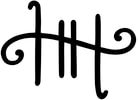
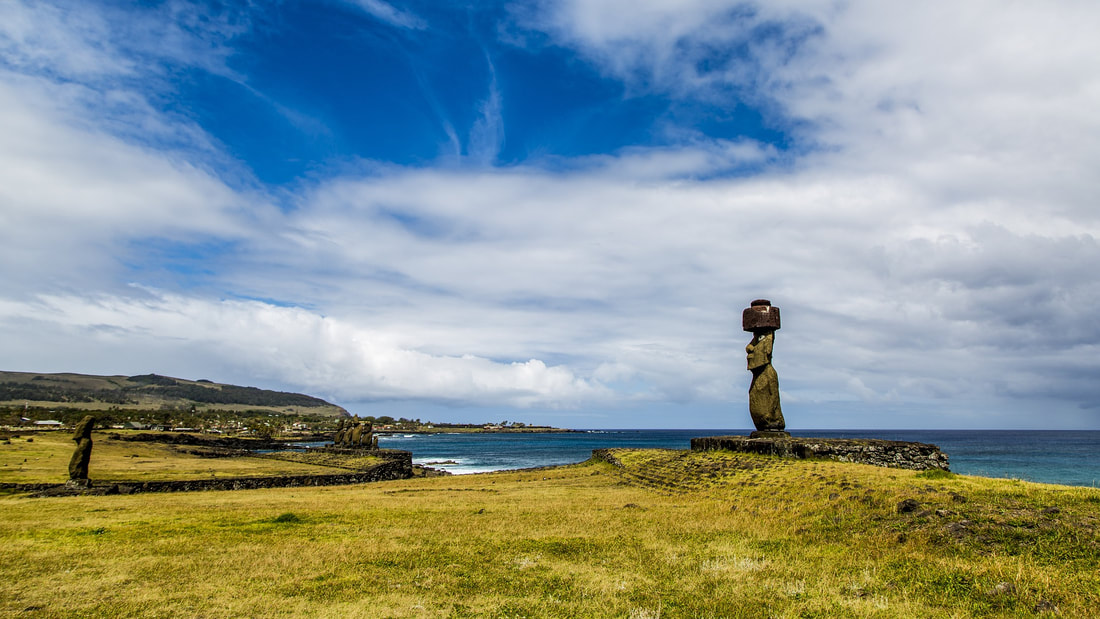
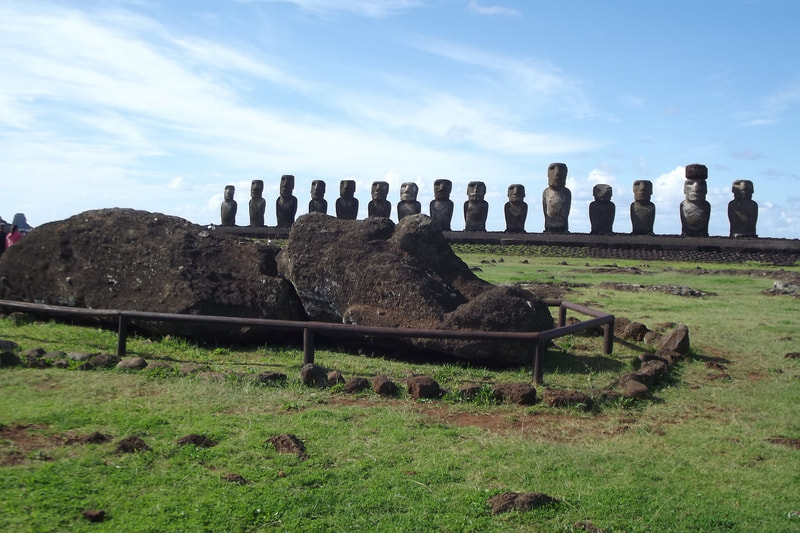
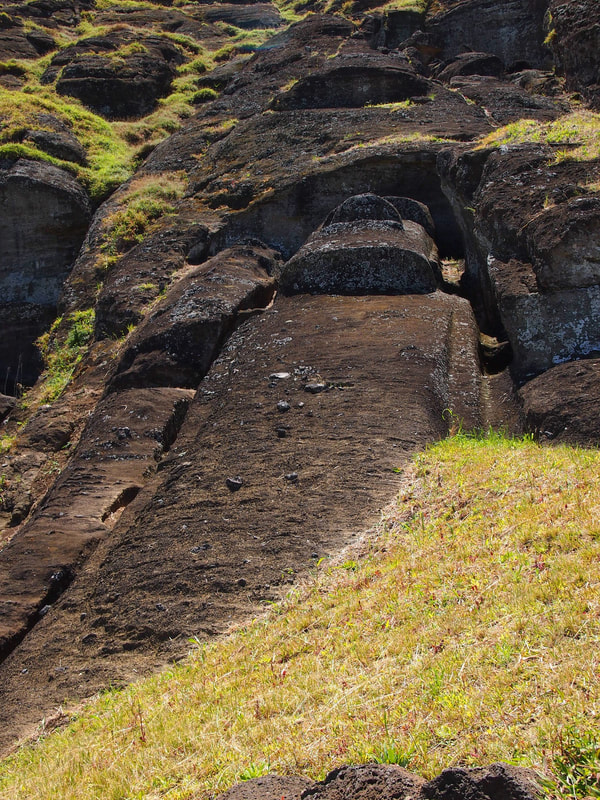
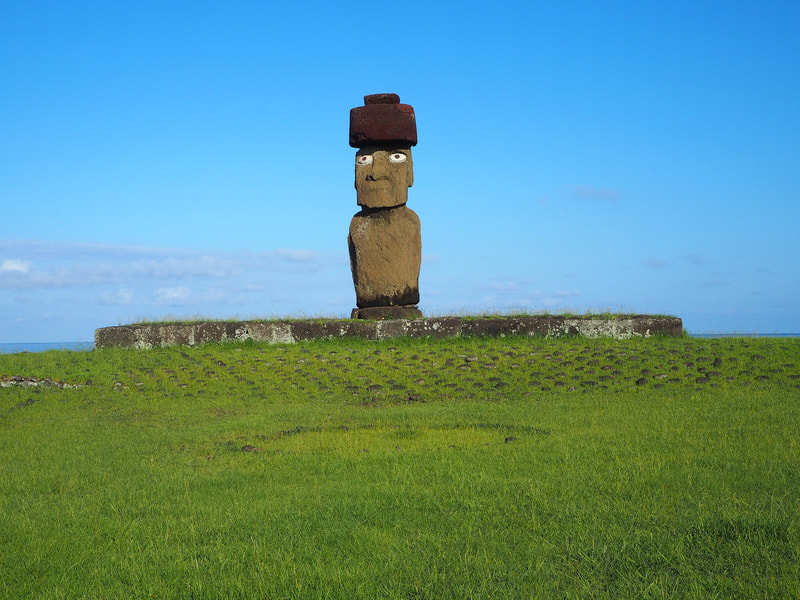
 RSS Feed
RSS Feed